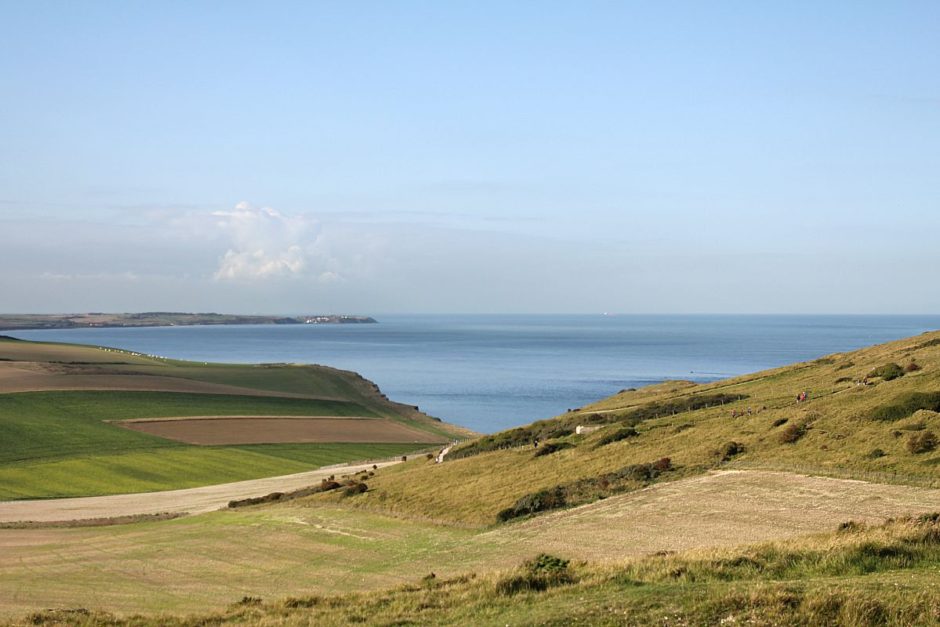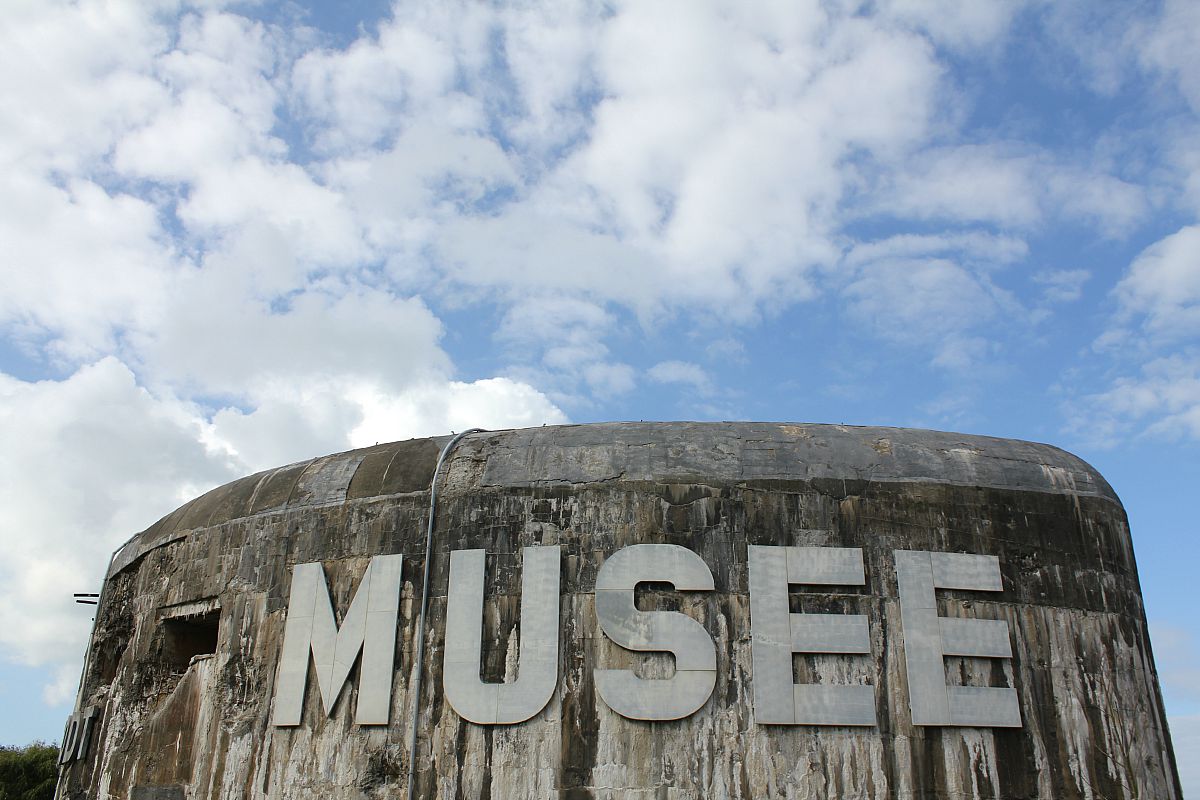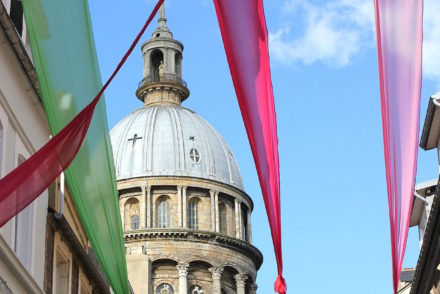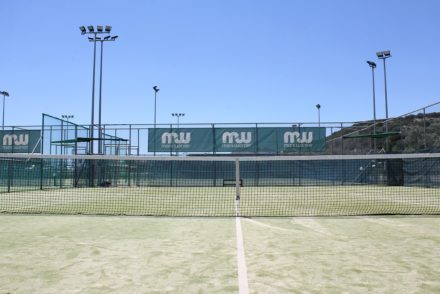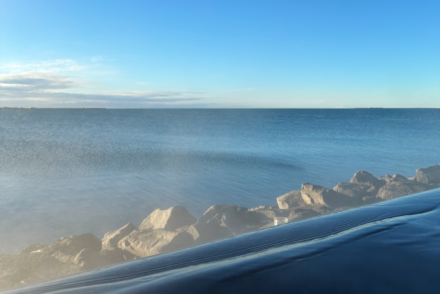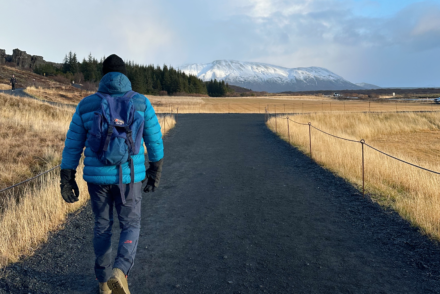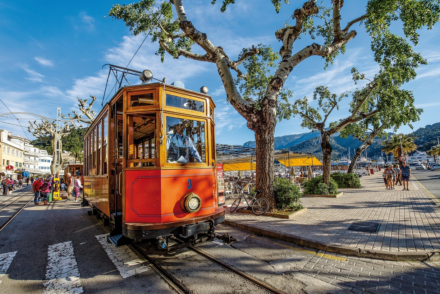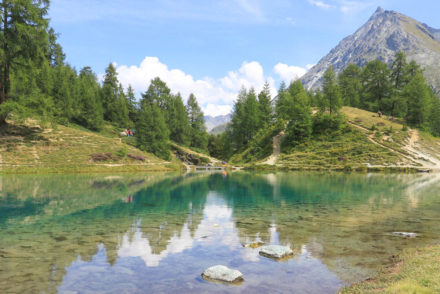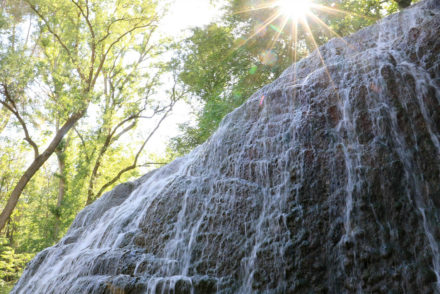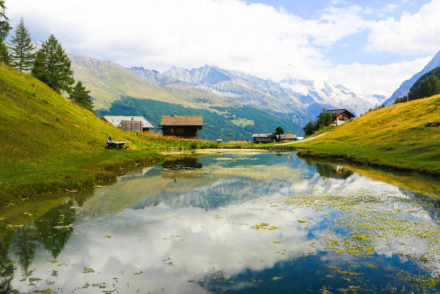One of the things I love about driving abroad is that you get to discover all kinds of wonderful places that may otherwise pass you by. On exploring Northern France for example we got to see the best of what the Côte d’Opale had to offer. This French coastal region is marked by the presence of two cliffs which are situated between Calais and Boulogne. Cap Gris Nez (grey nose cape) reaches 50 metres with Cap Blanc Nez (white nose cape) 132 metres. Listed since 1987, both are part of the network of Great Sites of France along with Navacelles, the Gorges du Verdon, the city of Carcassonne and the Bay of Mont Saint Michel.
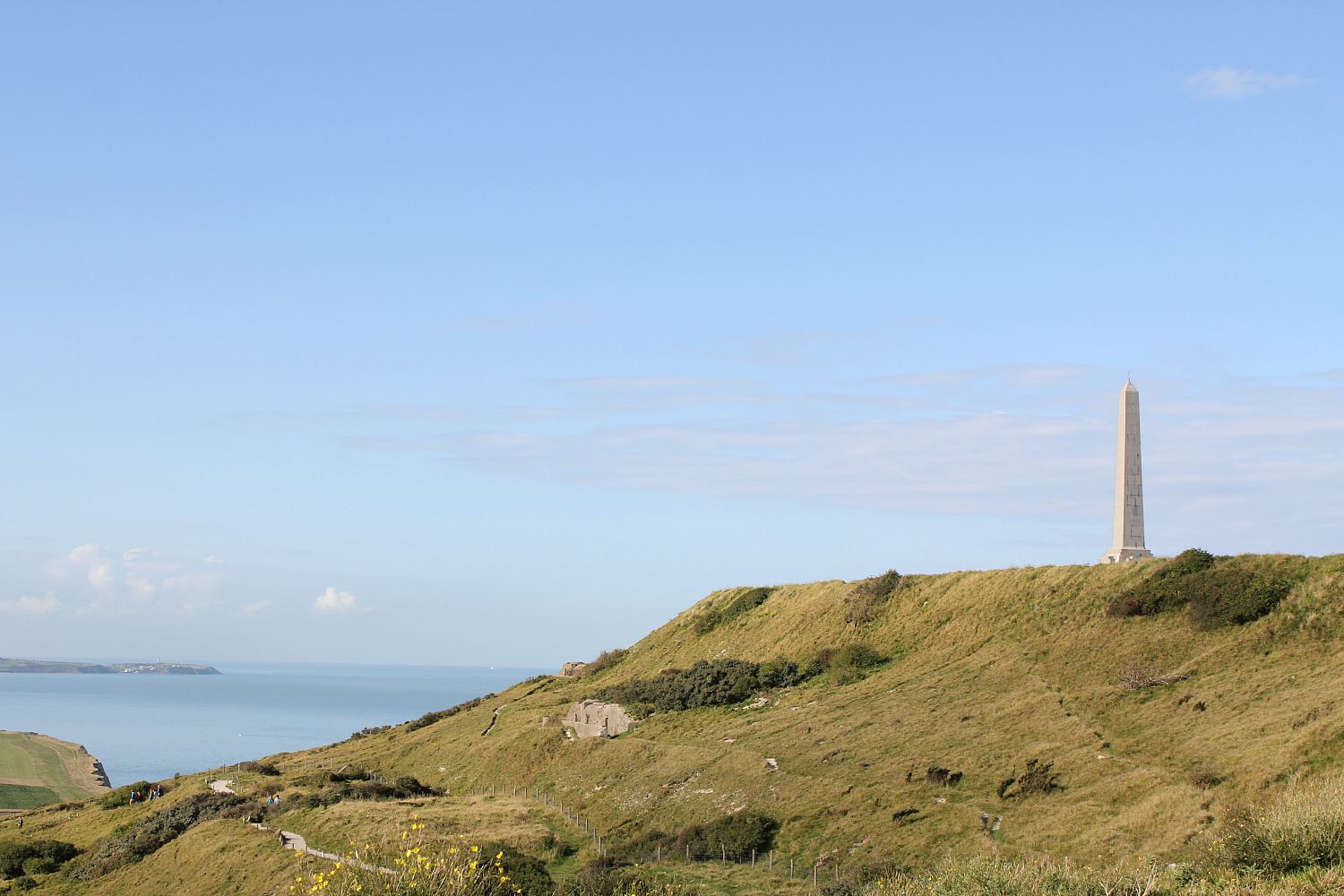
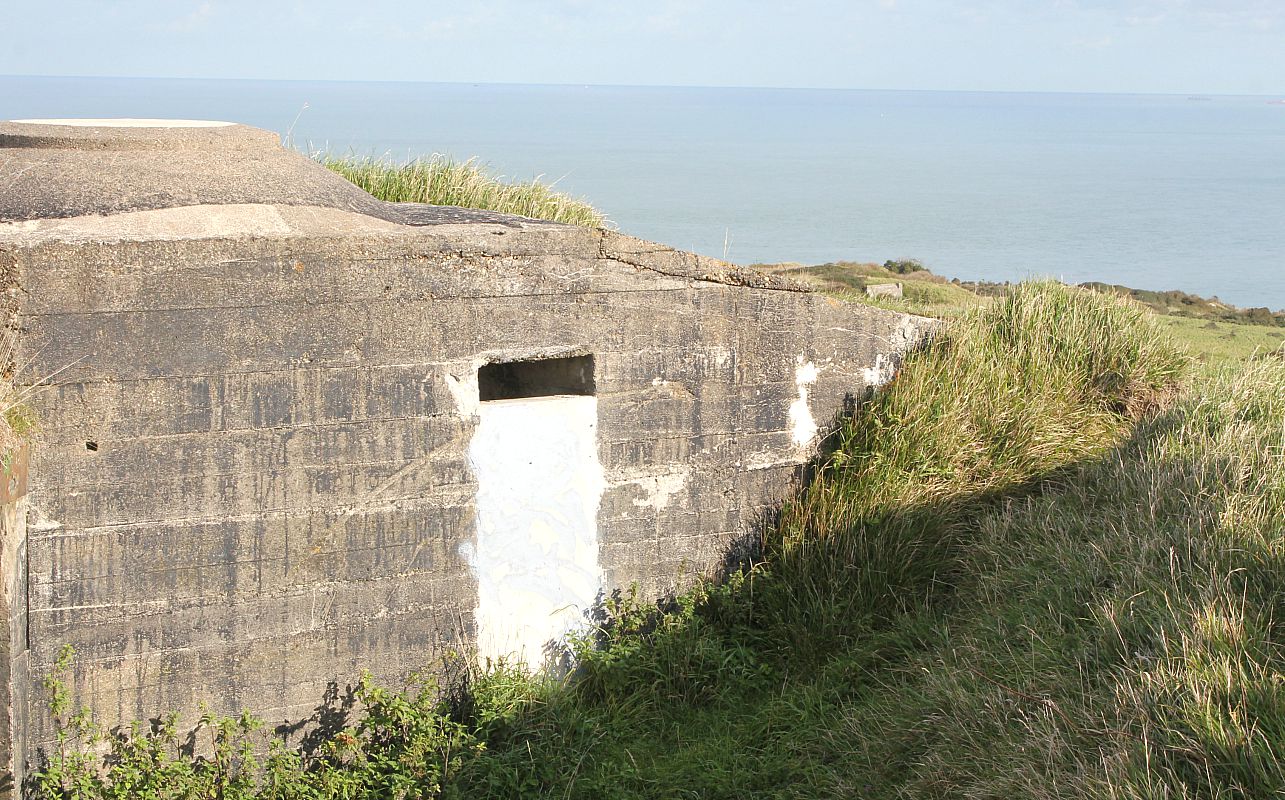
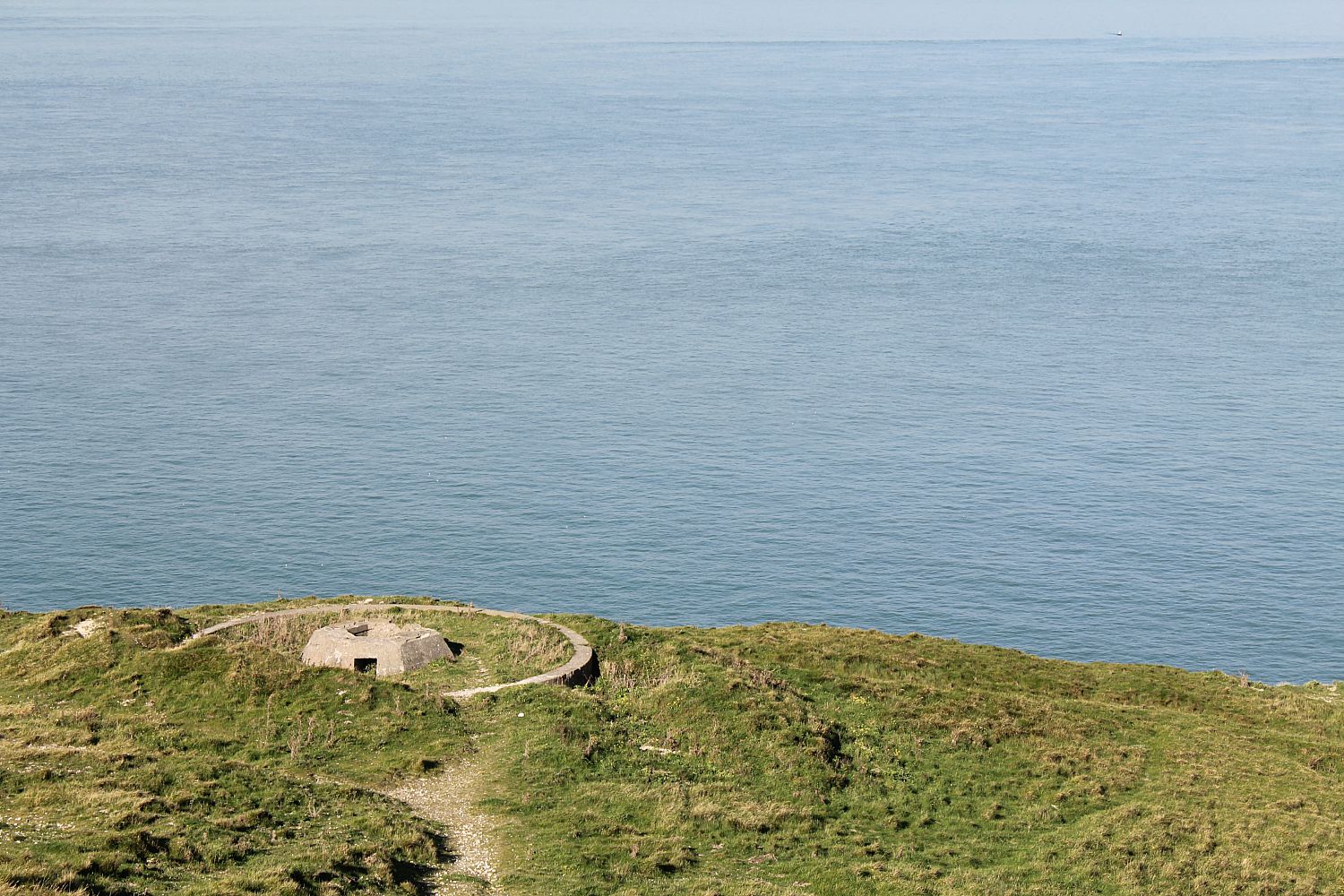 Our first stop was Cap Blanc Nez where there are many marked trails right the way up to the peak. At the top of the chalky cliffs, bomb craters from World War II are still visible. There is a huge obelisk at the summit which commemorates the Dover Patrol who kept the channel free from U-boats during the First World War. The Dover Patrol was a Royal Navy command notable for its involvement in the Zeebrugge Raid in 1918.
Our first stop was Cap Blanc Nez where there are many marked trails right the way up to the peak. At the top of the chalky cliffs, bomb craters from World War II are still visible. There is a huge obelisk at the summit which commemorates the Dover Patrol who kept the channel free from U-boats during the First World War. The Dover Patrol was a Royal Navy command notable for its involvement in the Zeebrugge Raid in 1918.
The shortest route to the summit only takes ten minutes and we were greeted by fabulous views across the nearby valley and beyond. On a clear day you can see as far as the white cliffs of Dover on the other side of the Channel. Beneath the lake, to the right of the obelisk, there are three concrete bunkers that housed gigantic 406mm in diameter Krupp SKC/34 guns, each weighing 160 tonnes. These were submerged in 1993 in the slurry when the Channel Tunnel was built but are said to remain there to this day.
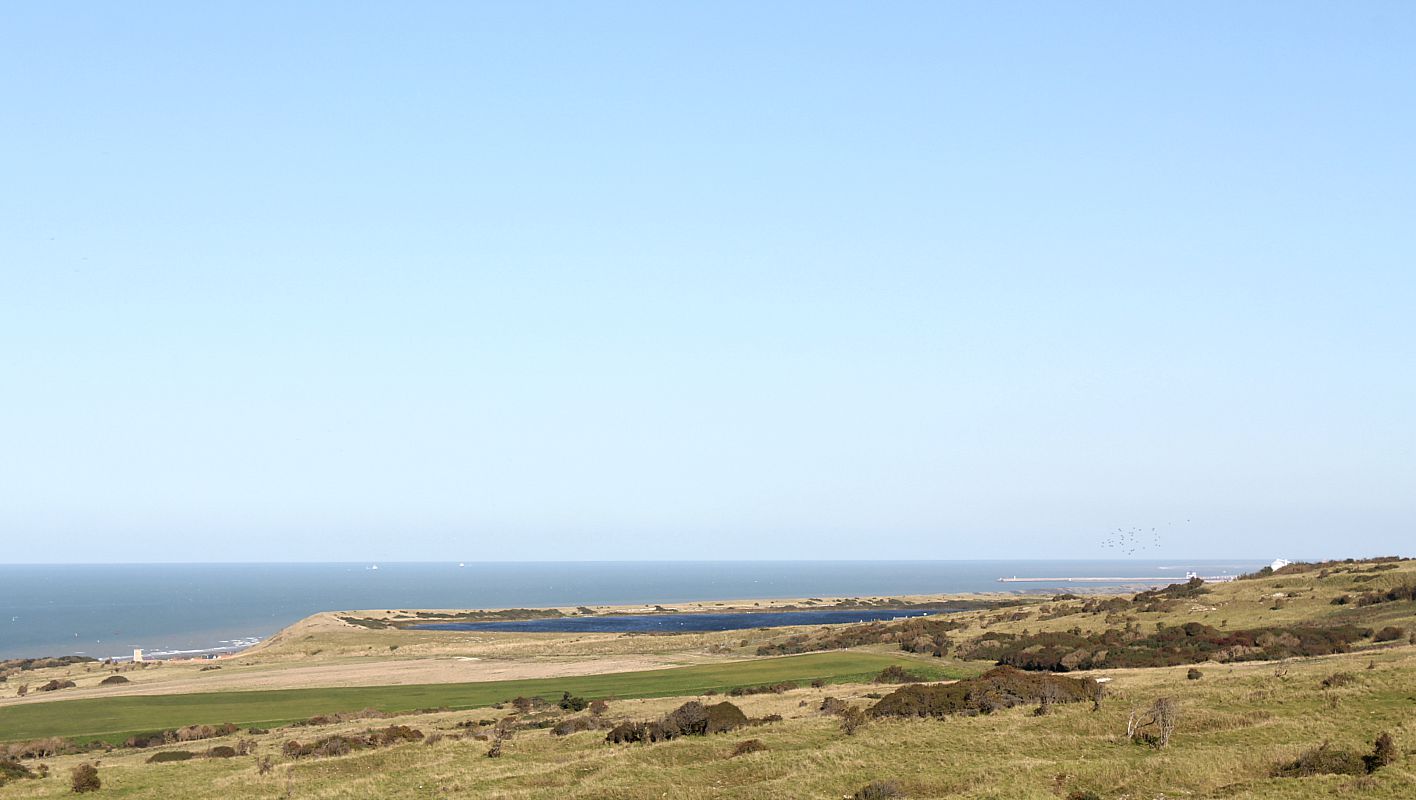
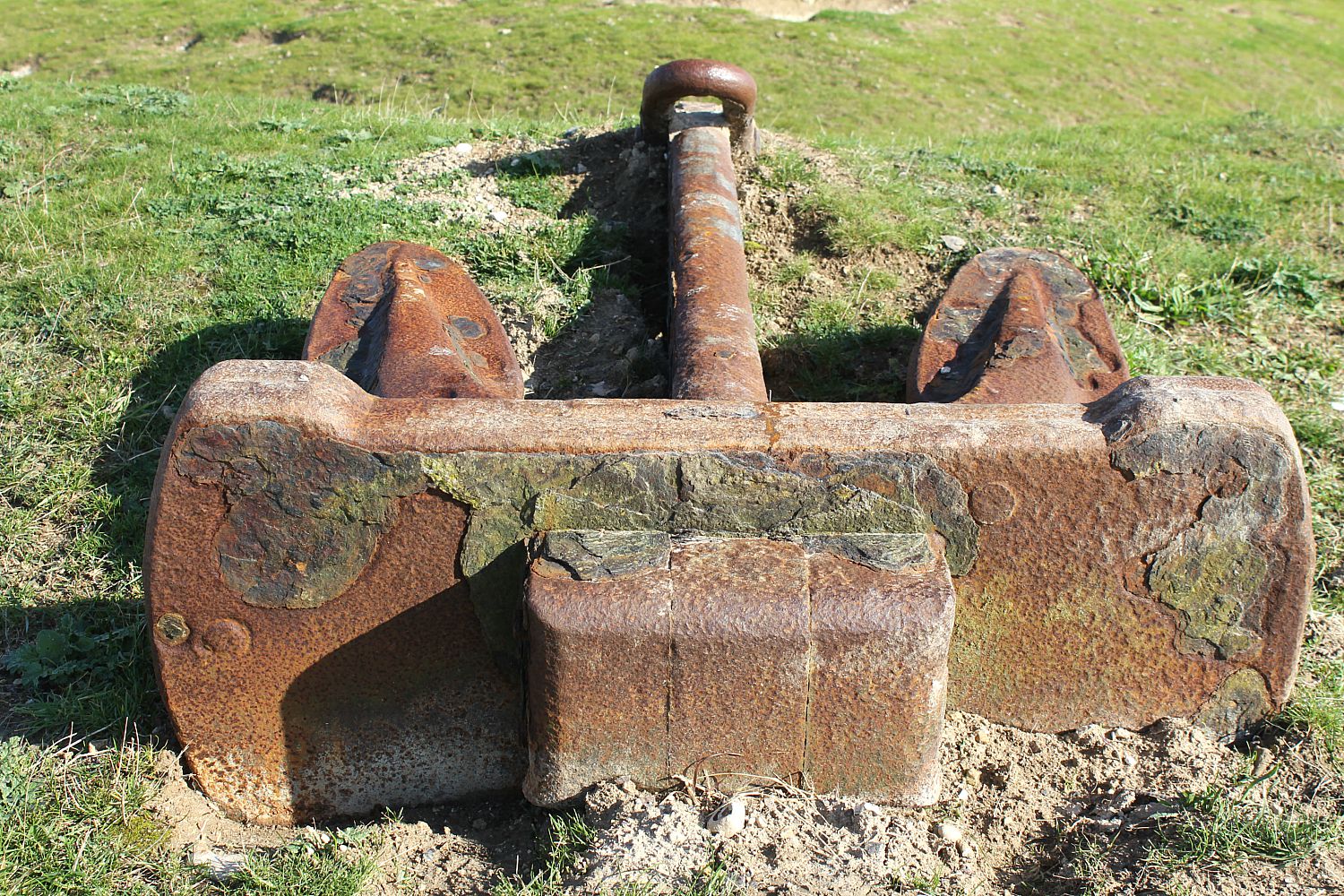
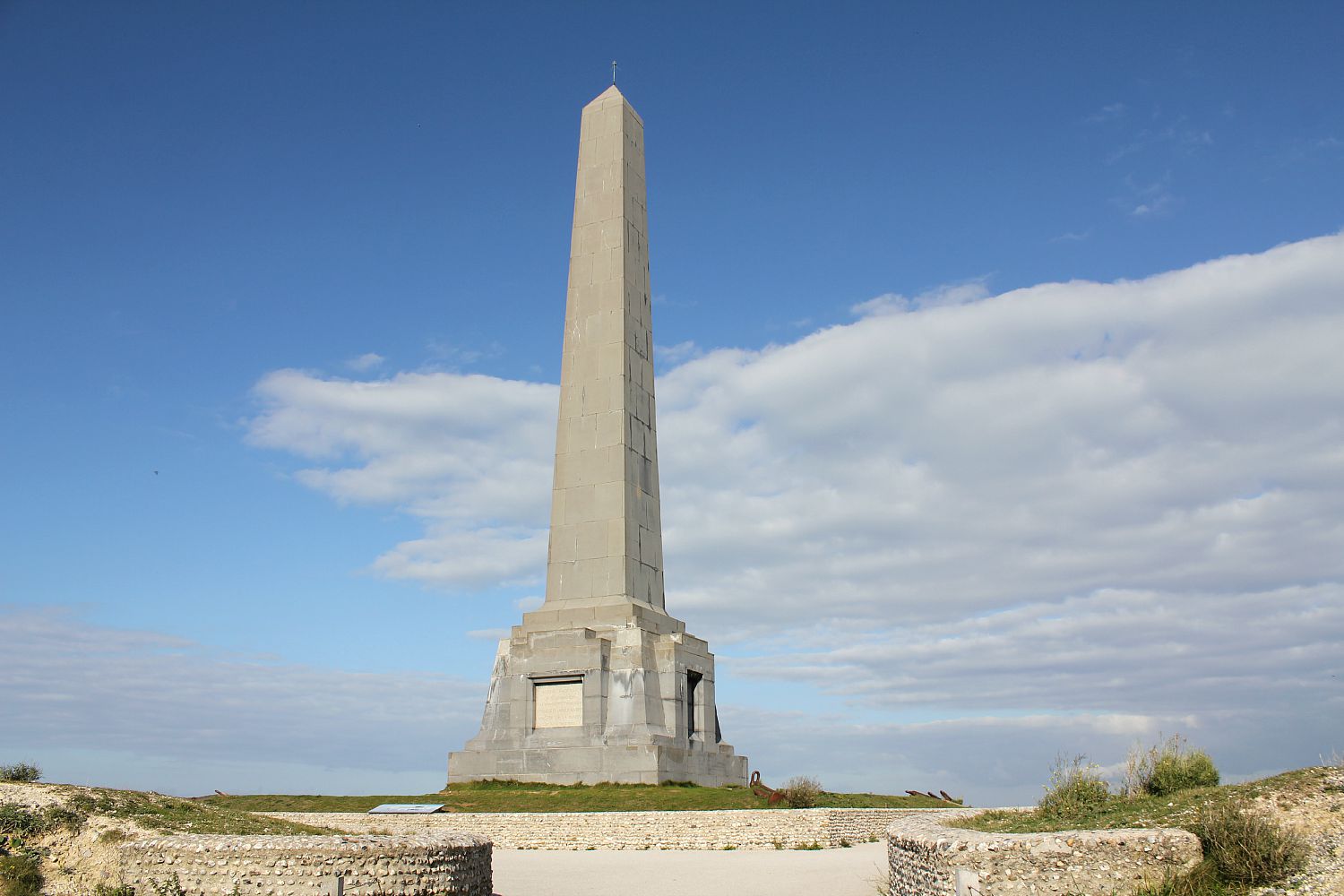 In 1914 to 1918 the Dover Straight was essential to France and the United Kingdom. The maritime unit was formed to ensure the safety of the passage and prevent German attacks. As most of the ships were based in Dover, they were named the Dover Patrol and this obelisk was built in 1944 (and subsequently re-built) to commemorates them.
In 1914 to 1918 the Dover Straight was essential to France and the United Kingdom. The maritime unit was formed to ensure the safety of the passage and prevent German attacks. As most of the ships were based in Dover, they were named the Dover Patrol and this obelisk was built in 1944 (and subsequently re-built) to commemorates them.
A short distance away from Cap Blanc Nez is Cap Gris Nez. In the hamlet of Haringzelle, Audinghen, we discovered Batterie Todt. Built by the Germans in World War II, it officially opened in February 1942 although its first shell was fired a month earlier. Batterie Todt formed an important part of the Atlantic Wall and consisted of 380mm calibre Krupp guns capable of reaching the British coast.
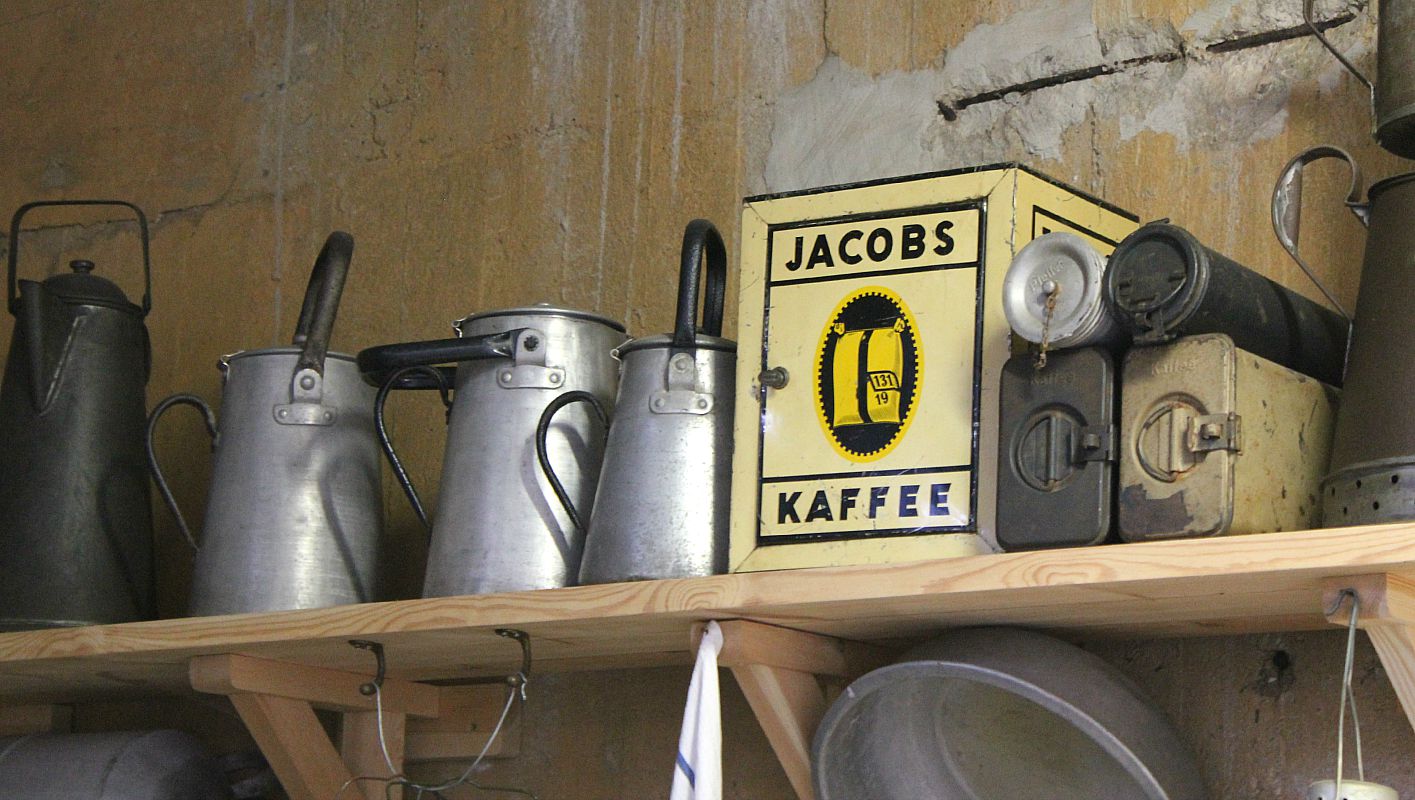 Today, it is known as the Musée du Mur de l’Atlantique (Museum of the Atlantic Wall). Dedicated to military history, there are thousands of collectibles from 1939/1945 including weapons, uniforms and posters spread across ten rooms on three floors. The barracks, engine room and armoury have all be reconstructed so you can almost imagine what life must have been like.
Today, it is known as the Musée du Mur de l’Atlantique (Museum of the Atlantic Wall). Dedicated to military history, there are thousands of collectibles from 1939/1945 including weapons, uniforms and posters spread across ten rooms on three floors. The barracks, engine room and armoury have all be reconstructed so you can almost imagine what life must have been like.
Photography is forbidden in the majority of Batterie Todt but it’s fascinating and certainly worth a visit. In addition to what’s on offer inside, outdoors you will find one of only two surviving Krupp K5 canons, part of a railway in addition to military and armoured vehicles. As you can imagine the century boxes went down a treat!
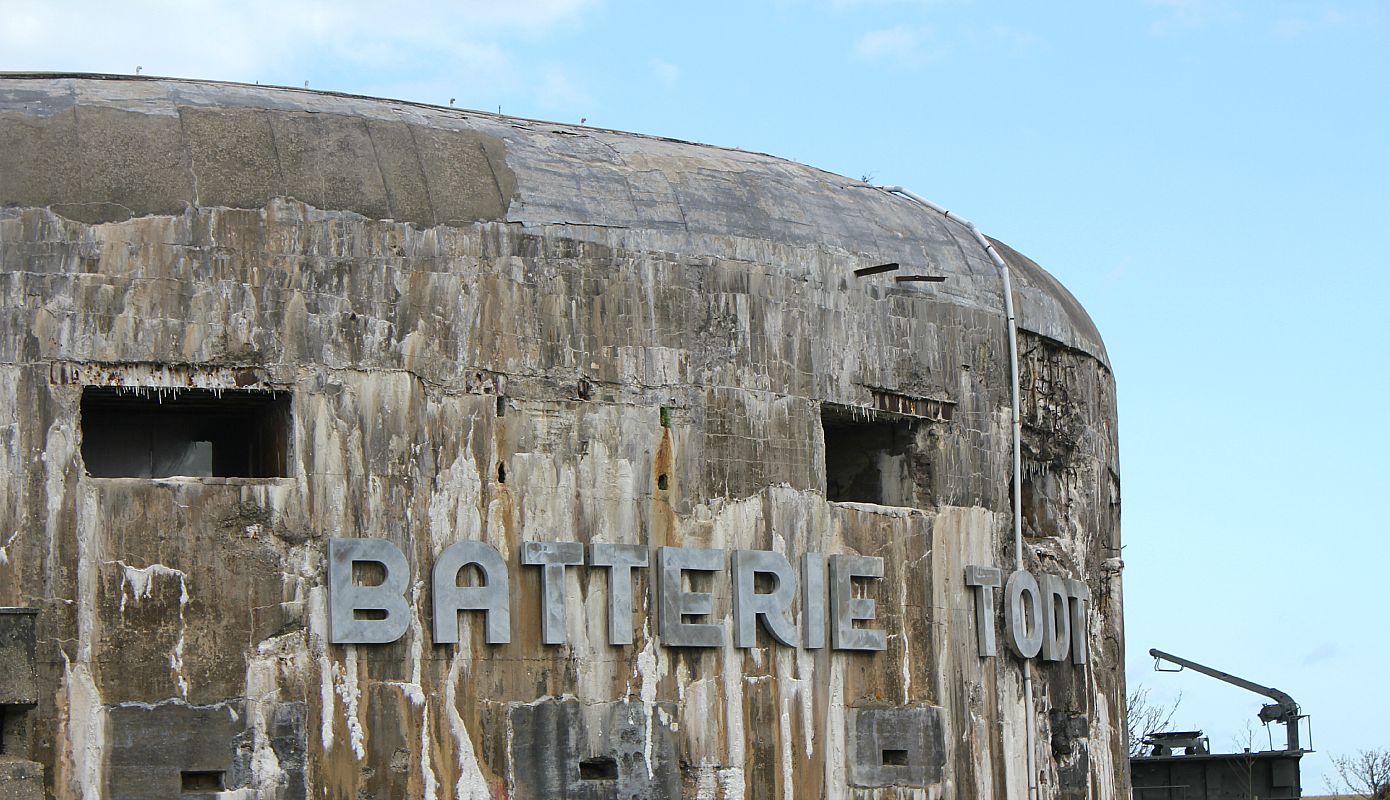
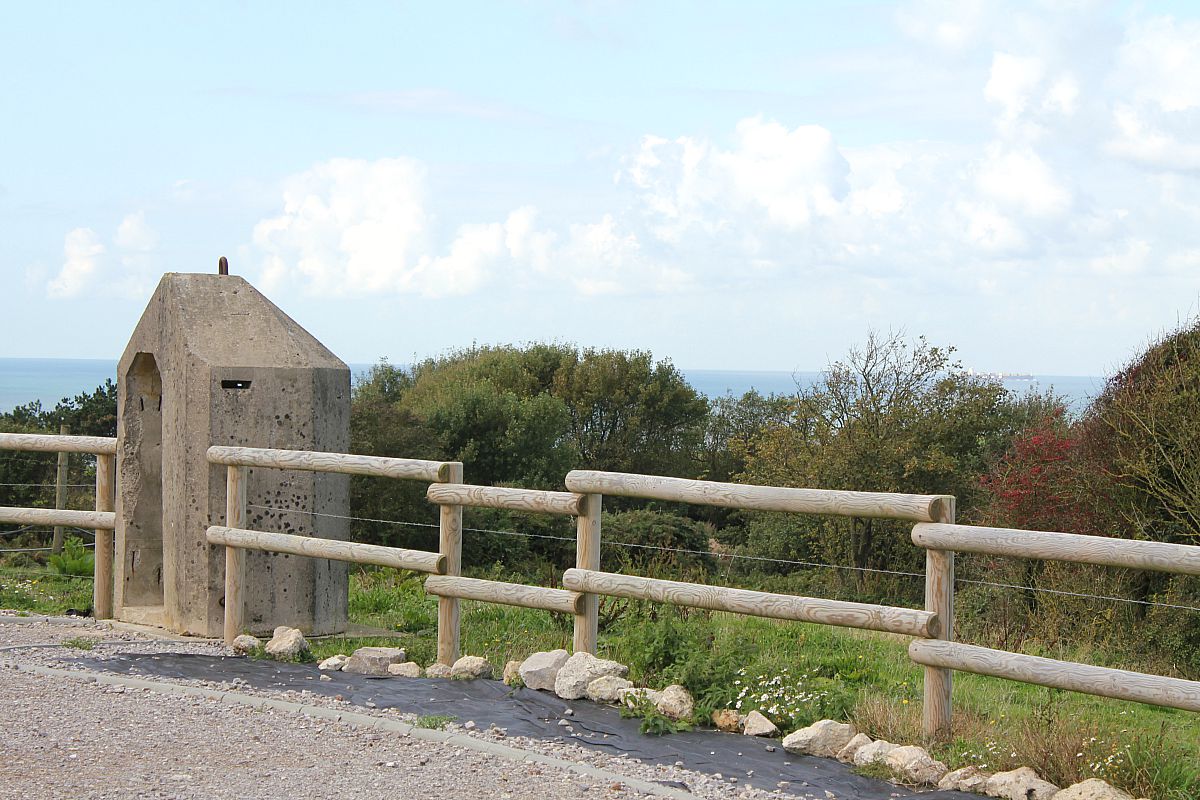 Our travels through Northern France also took us to the likes of Wimereaux, Audreselles, Ambleteuse and Wissant. Not forgetting of course the delightful Boulogne-sur-Mer. If you’re yet to explore this part of France, it’s certainly worth a look especially if you have an interest in military history. We’ll be back again this year to explore some more!
Our travels through Northern France also took us to the likes of Wimereaux, Audreselles, Ambleteuse and Wissant. Not forgetting of course the delightful Boulogne-sur-Mer. If you’re yet to explore this part of France, it’s certainly worth a look especially if you have an interest in military history. We’ll be back again this year to explore some more!

